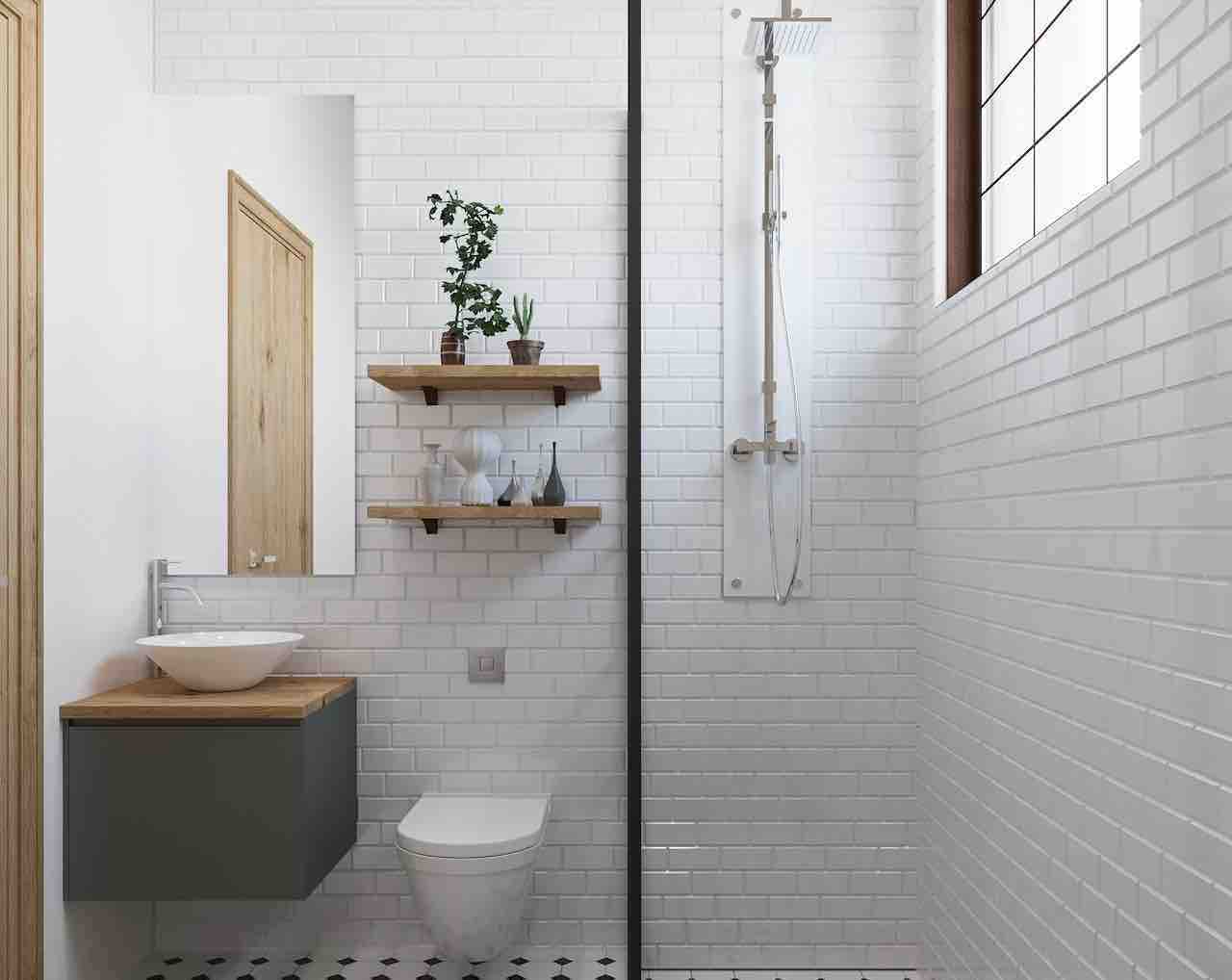
14 Aug Preventing Mold During and After a Flood: Essential Steps and Tips
Floods can wreak havoc on homes, causing extensive damage and creating conditions that are ripe for mold growth. Dealing with a flood is already overwhelming, but the threat of mold growth adds another layer of concern. Fortunately, there are specific steps you can take to prevent mold during and after a flood. In this article, we’ll delve into these strategies to help you safeguard your home and health.
- Remove Standing Water: After a flood, the first priority is to remove standing water from your home as quickly as possible. Mold thrives in moist environments, so reducing excess water is essential. Use pumps and dehumidifiers to eliminate water and humidity from your living spaces.
- Thoroughly Dry the Area: Proper drying is crucial to prevent mold growth. Use fans and open windows to promote airflow, helping to dry out damp areas. Pay special attention to hidden spaces like walls, floors, and insulation, where moisture can linger.
- Remove Wet Materials: Items that cannot be adequately dried within 48 hours are at risk of mold growth. Dispose of wet carpets, upholstery, and other porous materials that may harbor mold. Wood, drywall, and insulation should also be inspected and replaced if necessary.
- Use Mold-Inhibiting Cleaning Agents: Once the area is dry, clean surfaces with mold-inhibiting cleaning solutions. Look for products specifically designed to prevent mold growth. Avoid using bleach, as it can cause further damage and may not effectively prevent future mold growth.
- Properly Ventilate: Proper ventilation is key to reducing moisture levels and preventing mold. Open windows and doors to promote airflow, and use fans to circulate air throughout your home. Allow fresh air to enter and damp air to escape.
- Inspect for Leaks: After a flood, it’s essential to inspect your plumbing for leaks. Even minor leaks can contribute to mold growth. Address any plumbing issues promptly to prevent moisture accumulation.
- Use Dehumidifiers: Dehumidifiers can be highly effective in controlling humidity levels in your home. Use them to maintain humidity below 50%, which creates an environment that is less favorable for mold growth.
- Monitor Indoor Humidity: Regularly check the indoor humidity levels using a hygrometer. If the levels rise above 50%, take immediate action to reduce humidity through ventilation and dehumidification.
- Seal Cracks and Openings: Inspect your home for cracks, openings, and gaps that could allow moisture to seep in. Properly seal these areas to prevent water infiltration and subsequent mold growth.
- Consider Mold-Resistant Materials: When rebuilding after a flood, consider using mold-resistant building materials. These materials are designed to withstand moisture and inhibit mold growth, providing added protection against future mold issues.
Conclusion
Preventing mold during and after a flood requires swift action, attention to detail, and a proactive approach to moisture control. By following these steps and tips, you can significantly reduce the risk of mold growth in your home. Remember that mold prevention is an ongoing effort, and it’s crucial to remain vigilant in maintaining a dry and well-ventilated living space. By taking these measures, you’ll not only protect your property but also create a healthier and safer environment for you and your loved ones.
